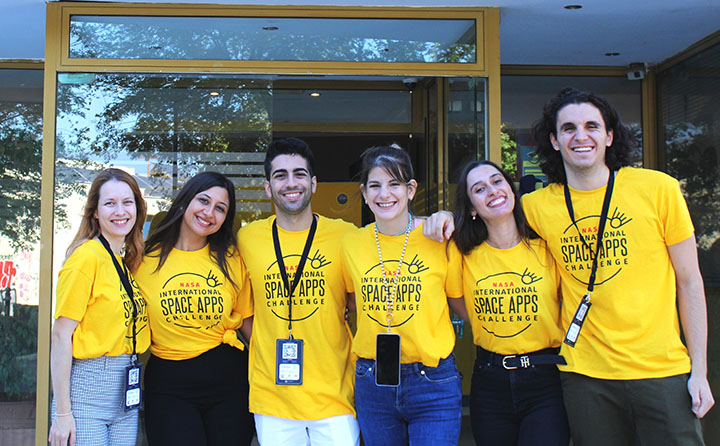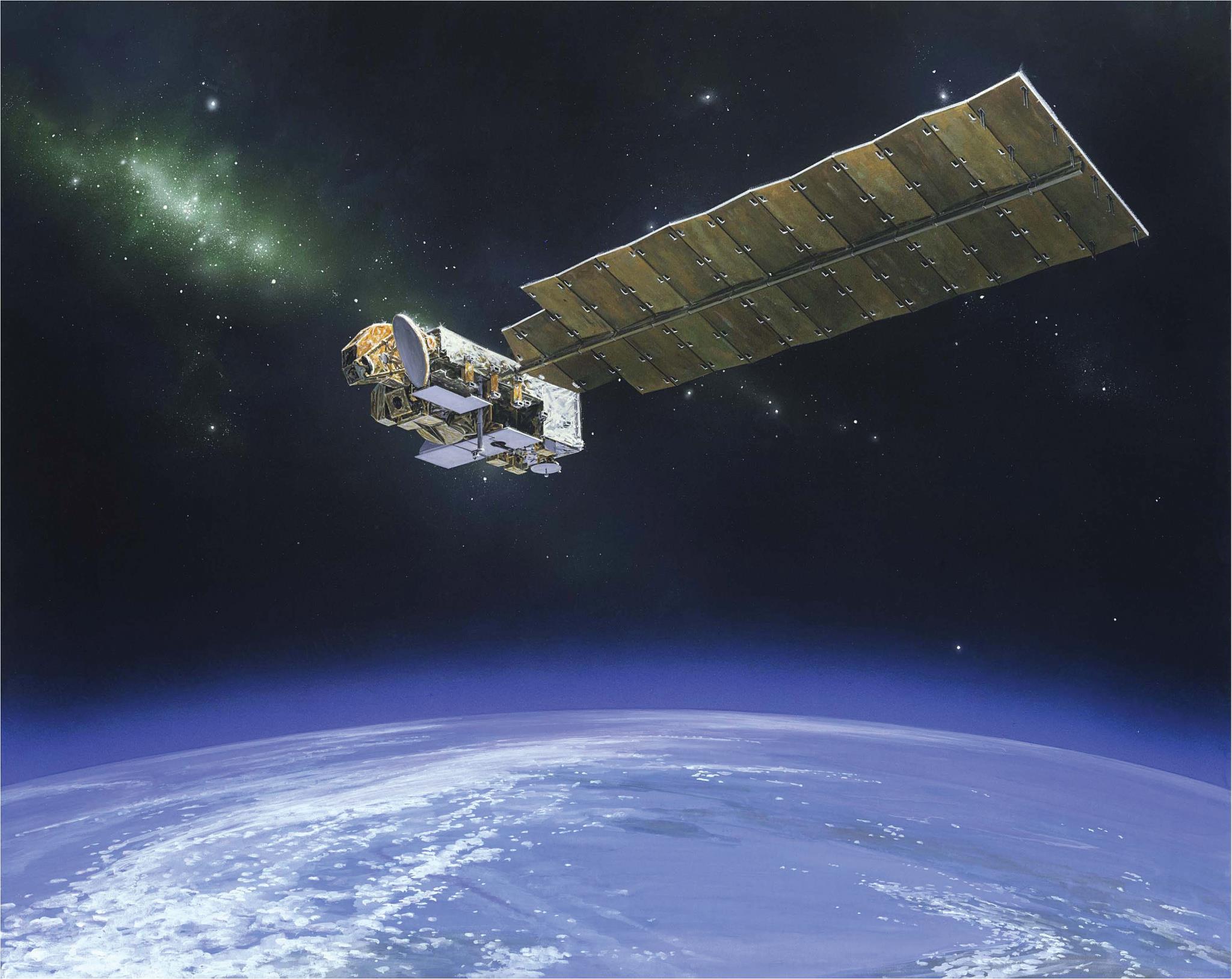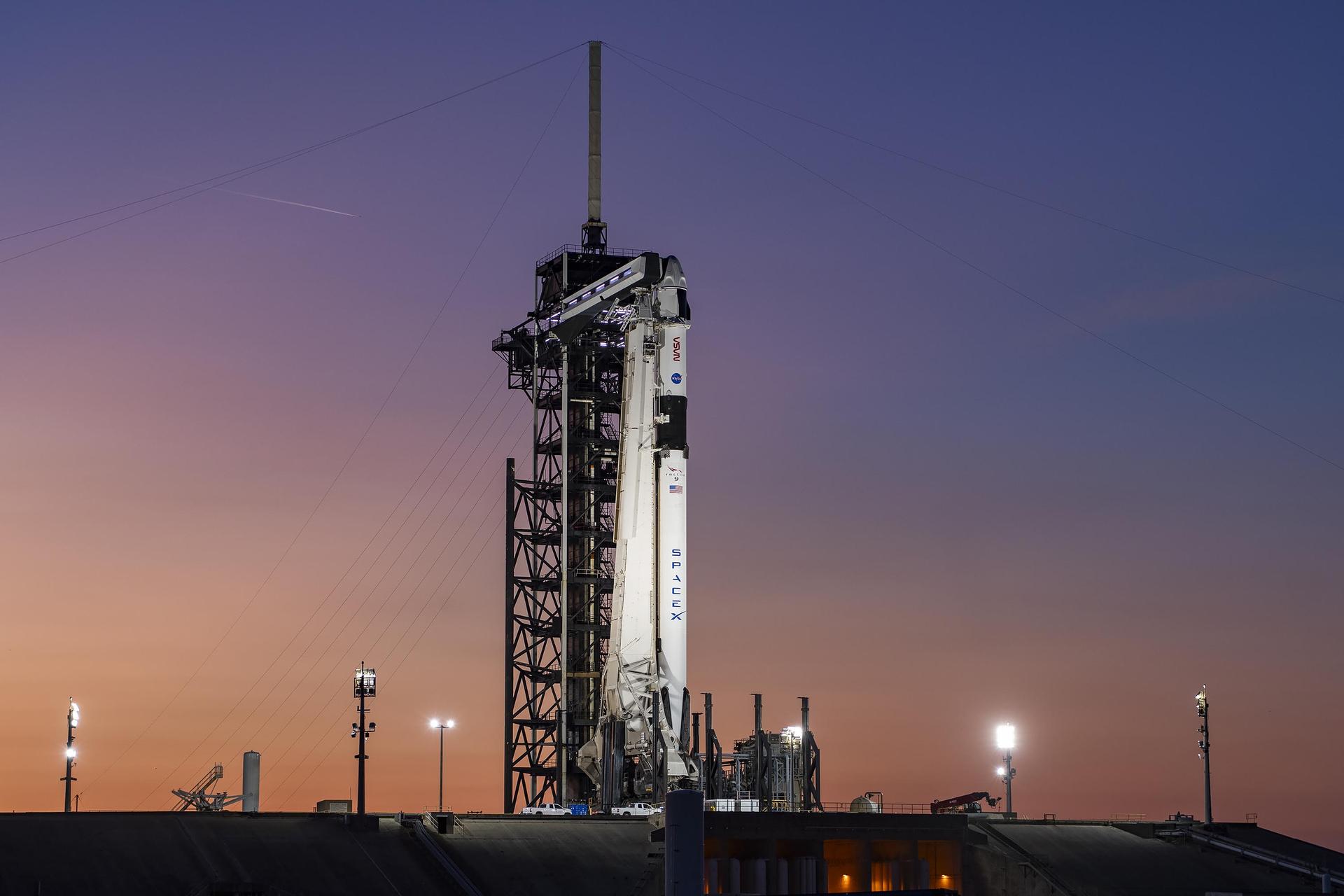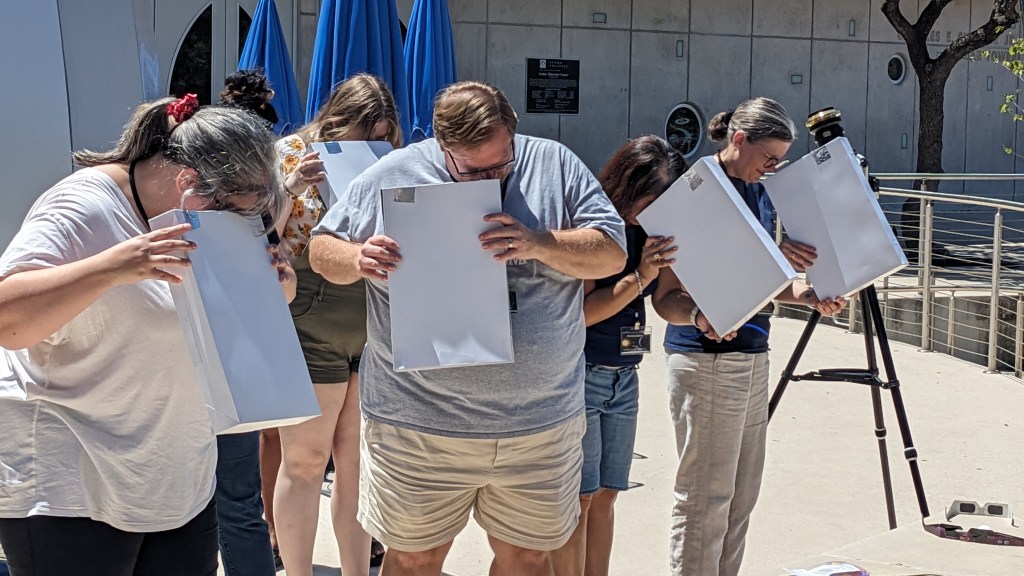As NASA’s John C. Stennis Space Center enters its second half century, its focus on cutting-edge excellence has not changed, whether in rocket engine testing or in such areas as Earth science and environmental consciousness.
Stennis already serves on the front lines of NASA’s Earth science research efforts through its Applied Science and Technology Project Office. In addition to working with various community partners to use Earth science research to benefit society, ASTPO oversees the Gulf of Mexico Initiative launched by NASA to address a range of coastal issues, such as wetland restoration and conservation.
In terms of environmental consciousness, the south Mississippi facility is setting its sights on building on its federal city commitment to efficiency and cost-effectiveness. “Stennis has a history of providing cost-effective service to taxpayers,” said Mark Glorioso, director of Stennis Center Operations. “It is a history we are determined to build on and advance.”
In the latest “going green” move, Stennis officials announced plans to reduce waste and conserve natural resources in its food services and print production operations.
Each week, cafeteria customers use nearly 3,300 polystyrene “to-go” boxes and 2,000 foam cup containers. That equals 275,600 foam containers annually added to the landfill. Studies indicate plastics including polystyrene take up 25 to 30 percent of landfill space by volume. In an effort to reduce cafeteria contributions to its landfill, Stennis will replace foam containers now in use with eco-friendly containers derived from renewable resources. The new containers will not contribute to the toxicity of the landfill.
Stennis aims to bring all areas of its operation into compliance with presidential executive orders to take concrete steps in conservation, solid waste reduction and energy efficiency.
In the area of printing, NASA officials have announced plans to move the monthly Lagniappe publication to an electronic format and to consolidate various fact sheets into a single electronic mission brochure. These actions will reduce landfill contributions by an estimated 51,000 pounds of paper per year, and save an anticipated $46,700 in annual print costs.
“These announcements demonstrate our commitment to be a leader in environmental consciousness and efficiency,” Glorioso said. “They also make good on our promise to be a responsible member of our community, as well as ensuring we spend taxpayer dollars wisely.”
The cafeteria initiative is only the latest in a long line of efforts by Stennis to reduce and conserve. Some notable achievements during the past several years include:
- Construction of the 75,000-square-foot Emergency Operations Center, housing the Stennis fire department, security offices, medical clinic, and energy management control system functions. Classified as a U.S. Green Building Council Leadership in Energy and Environmental Design (LEED) program Gold facility, the new center features various energy saving measures. The savings translate to 337,866 kilowatt hours of electrical energy each year, or a reduction of 240 tons of carbon dioxide per year. The heating, ventilation and air conditioning (HVAC) design exceeds industry standards. The facility also uses waterless urinals and dual-flush toilets, which save 176,076 gallons of potable water annually.
- Exceeding the federal energy intensity reduction requirement through lighting system upgrades, HVAC improvements, and installation of more efficient equipment. The energy intensity total for Stennis in fiscal year 2010 was 19.4 percent below the 2003 energy intensity baseline. Stennis exceeded the 2010 target of a 15 percent reduction in energy use. Stennis also achieved a water intensity reduction at 41 percent below the 2007 baseline.
- Use of several alternative fuel vehicles in the Stennis fleet. Use of the vehicles translates to a reduction of nearly 38,000 pounds of CO2 emissions each year.
- Custodial services’ conversion from traditional paper and cleaning products to more environmentally friendly products. After only one year, the department had saved nearly $18,000 in materials alone.
“Stennis has an enviable record in environmental stewardship,” Glorioso said. “The credit must go to leaders and employees committed to NASA’s vision of maintaining and promoting the environmental health of our planet Earth.”
For information about Stennis, visit: https://www.nasa.gov/centers/stennis
– end –
text-only version of this release
Rebecca Strecker
NASA Public Affairs Office
Stennis Space Center, MS 39529-6000
(228) 688-3249
Rebecca.A.Strecker@nasa.gov

























